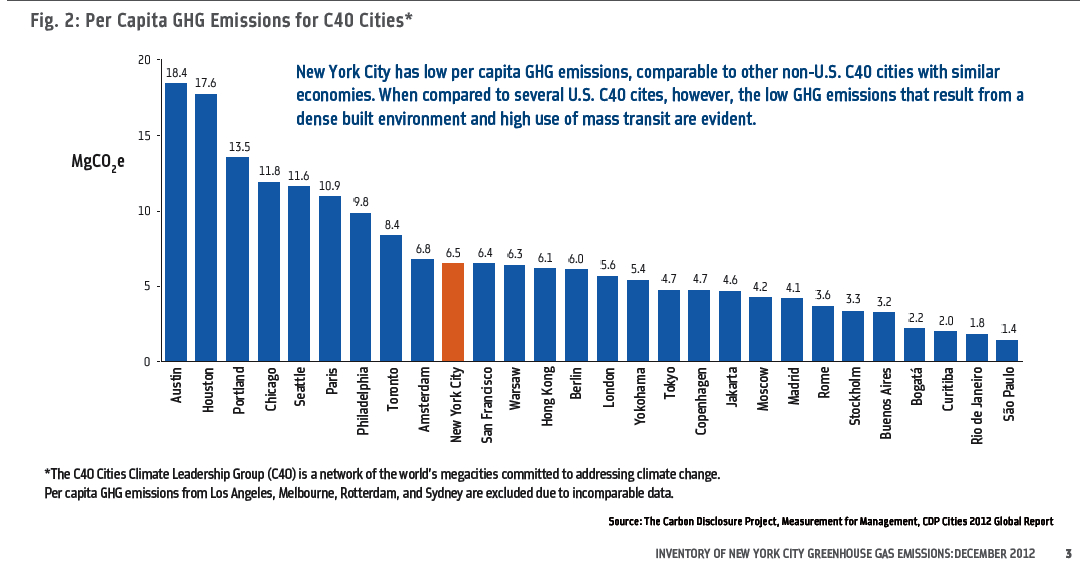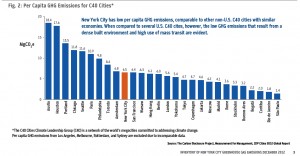After negotiations floundered at COP15 in Copenhagen to produce a broad-based and aggressive agreement to succeed the Kyoto Protocol, the Durban Platform was created to direct and motivate such an agreement for COP21 in Paris next year. It called for an “agreed outcome with legal force” that falls within the UNFCCC’s framework and principles. David Bodansky stated that, in order for an international agreement to succeed, it has to include three criteria (stringency, participation, and compliance), and outlined possible approaches that could stem from the work of the Ad Hoc Working Group on the Durban Platform for Enhanced Action (ADP), either a top-down or bottom-up approach. From the information and framings provided by Bodansky, neither option is adequate as a viable solution by itself; rather, a mixed-track approach, which hybridizes both aforementioned approaches, would maximize the criteria and would provide a solid foundation for an international agreement to take effect after 2020.
The top-down approach, which could be seen as a continuation and expansion of what was seen in the Kyoto Protocol, places the main focus of climate governance and negotiations upon the international regime of the UNFCCC and other such institutions. These negotiations would focus upon an overarching emissions reductions target and how to delegate it among the Parties, and would present a take-it-or-leave-it type of agreement; nations would have to agree to the agreement as a whole, and would be legally bound to it and the prescribed actions within it. This, however, scares many nations within the UNFCCC, especially those key to any effective agreement (e.g. the United States, China, India, etc.) and could either jeopardize participation because it’s too stringent or stringency because countries would only sign on to an agreement that was not as aggressive as it could have and/or should have been. While it has produced success in the Kyoto Protocol, there are also hindrances inherently built into the approach that limit its effectiveness.
On the other hand, the Cancun architecture was born in response to the top-down approach taken with the Kyoto Protocol and advocated a bottom-up approach that placed national governments as the vanguards against the effects of climate change. Rather than having the international regime dictate what each country must do, this alternative approach empowers each nation to decide their best way to individually take action in mitigation and adaptation, which builds national buy-in and ownership of the country’s efforts. However, this produces an incentive for a nation to understate their capacity to mitigate/adapt or produce conservative and non-aggressive targets, thus imperiling the ultimate purpose of the UNFCCC to stem warming to two degrees Celsius.
As explained above, both approaches have their strengths and weaknesses, but neither fully maximizes the three criteria that are key to a successful international agreement. Together, however, a viable middle ground could be reached that synthesizes the strengths of both approaches and that fulfills the stringency, participation, and compliance criteria. The bottom-up portion of a mixed-track approach allows countries to make commitments in areas that are both most effective and within its capacity to achieve, producing what Bodansky called a “variable geometry.” It provides enough freedom in action that each nation may find and take the course of action that works best for them, without imposing a one-size-fits-all solution that is unrealistic and incongruent with the political, economic, and developmental realities of a particular nation. Also, it satisfies the voluntary “pledge and renew” actions most nations are now interested in, as flexibility is the new mantra, so to say, of climate negotiations post-Kyoto; participation would be maximized with these types of actions rather than legally-binding commitments because most nations are not willing to take that step, as seen in the Kyoto Protocol. Within this flexible structure, the top-down portion provides enough incentive and enforcement/oversight to motivate aggressive and directed action, essential if the UNFCCC is going to keep warming below the two degree target. Through oversight and recommendations, the international regime can make sure that nations aren’t shirking their “common but differentiated responsibilities” while still motivating each nation to find the best solution that fits within that responsibility and capacity.
An aggressive and broad-based agreement is absolutely essential in order to meet the two degree target set by the UNFCCC at its conception in 1992. The best way to achieve this is not through a single mechanism or approach, or through a small group of nations; a wide array of options and avenues for action is necessary in order to gain the participation of a wide base of countries. Finding the colloquial sweet spot where an agreement is stringent enough to be effective at taking action and meeting the two degree target but not too stringent that there is insufficient participation. Therein lies the challenge for the UNFCCC and its individual member-states, but, with the best of both worlds, success is within our grasp.
David Bodansky, “The Durban Platform: Issues and Options for a 2015 Agreement,” Center for Climate and Energy Solutions (2012): 1-11.
“Preamble,” United Nations Framework Convention on Climate Change, accessed October 7th, 2014. http://unfccc.int/essential_background/convention/background/items/1353.php.

















